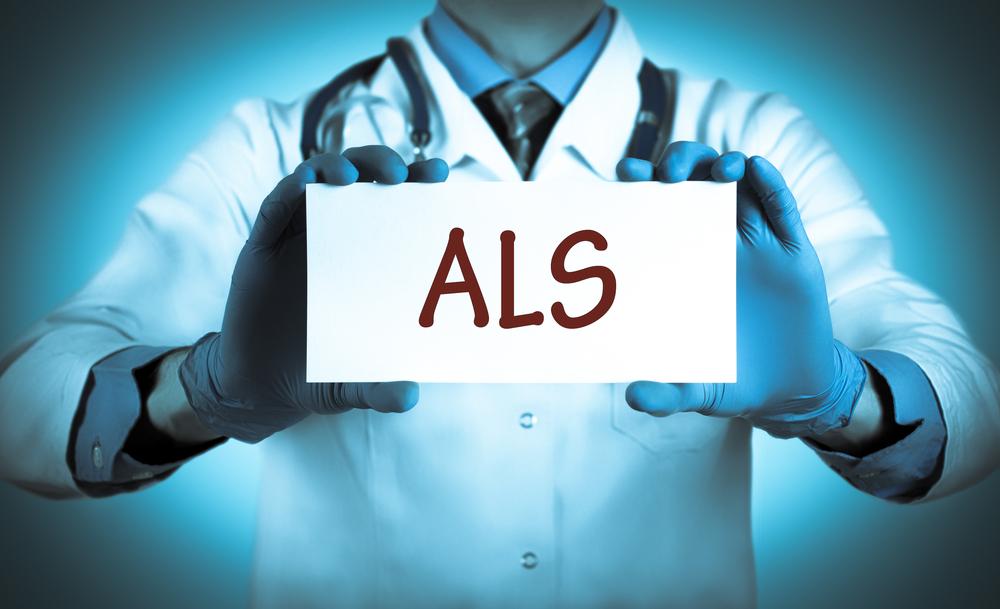Recognizing the Key Indicators of ALS
ALS is a progressive neurological disorder that impacts nerve cells in the brain and spinal cord, leading to muscle weakness and loss of coordination. Recognizing early signs such as speech difficulties, muscle stiffness, and trouble swallowing can aid in timely diagnosis. Although there is no cure, early treatment can help manage symptoms and improve quality of life. Awareness of behavioral changes and gradual physical decline is essential for early intervention. This article highlights the key symptoms and importance of prompt diagnosis for ALS management.

Recognizing the Key Indicators of ALS
The human body operates with remarkable complexity, where even simple actions like holding a pen involve intricate processes. While a healthy lifestyle can prevent many ailments, some diseases remain unavoidable. One such condition is Amyotrophic Lateral Sclerosis (ALS), a progressive neurological disease that strikes regardless of health habits. ALS damages nerve cells in the brain and spinal cord, impairing muscle control and movement.
This condition typically presents through gradual physical decline, as motor neurons responsible for transmitting signals between the brain and body deteriorate. Understanding the early signs can lead to more effective management.
The progression of ALS can be identified by certain symptoms. Initially, affected individuals may experience speech difficulties, muscle stiffness, cramps, or trouble gripping objects. These signs indicate nerve signal disruption affecting muscles.
Further manifestations include loss of muscle strength, frequent stumbling, and swallowing challenges. As the disease advances, muscle weakening hampers everyday activities, making simple tasks difficult.
ALS usually begins in specific body parts but can eventually impact additional regions. While vital functions like heart rate, bowel, and bladder control remain unaffected temporarily, muscle deterioration can eventually influence these systems.
Behavioral and emotional changes are also common; individuals might display irritability, mood swings, or episodes of uncontrollable laughter or crying. These emotional shifts are typically temporary but notable signs.
Early diagnosis and intervention can significantly improve quality of life for those with ALS. If symptoms are recognized promptly, treatment options become more effective.










